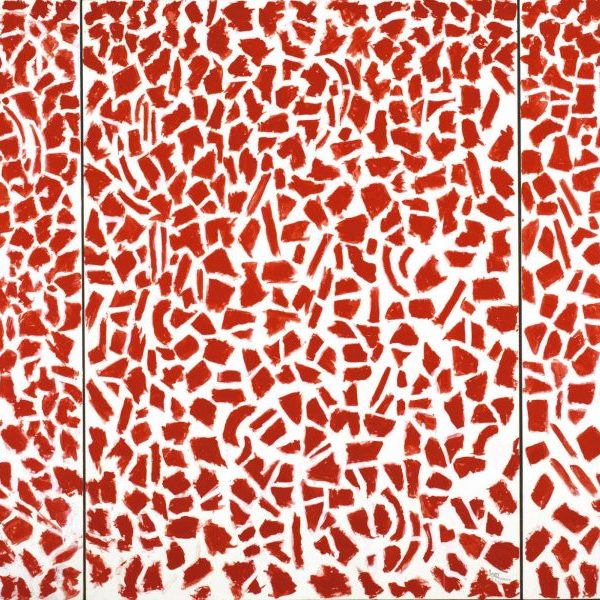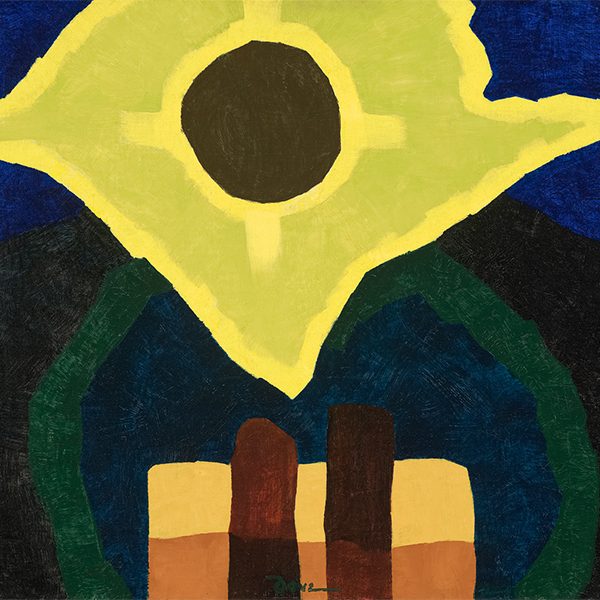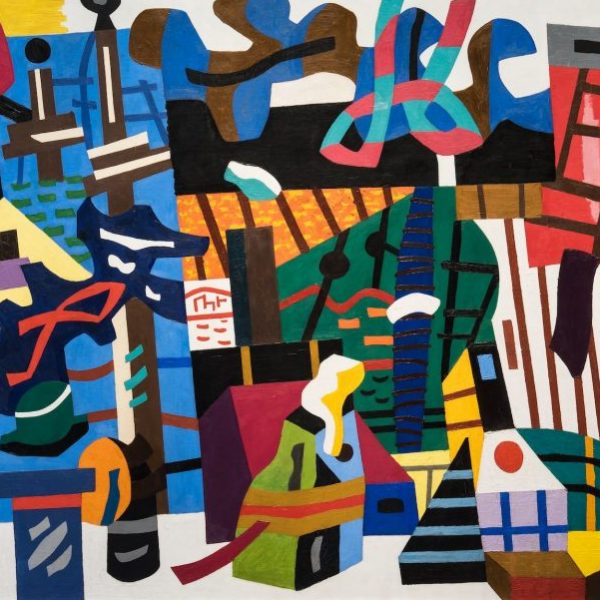En Vanguard
Born in 1886, John Graham was a progressive promoter of surrealism, cubism, and abstraction, as well as a mentor and confidant to the likes of Stuart Davis, Arshile Gorky, and Willem de Kooning (the four artists collectively called themselves the Four Musketeers in the ‘30s). Last week, an exhibition entitled “American Vanguards: Graham, Davis, Gorky, de Kooning and Their Circle, 1927—1942” opened at the Neuberger Museum of Art in Purchase, NY; it includes more than sixty works from this exciting, tumultuous period that evince the interconnectedness and common inspirations among members of Graham’s circle. Co-published with the Addison Gallery of American Art, the exhibition catalogue American Vanguards traces the evolution of American modernism by reliving vital bonds and breaks within the spheres of friendship and trans-Atlantic influence. Curators William C. Agee, Irving Sandler, and Karen Wilkin offer long-due recognition for the charismatic painter Graham in defining and centralizing the exhibition’s thematic momentum.
 Even as it telescopes into analyses of the divergent paths pursued during each artist’s maturing career, American Vanguards orbits Graham’s magnetism as a thinker fond of facilitating alliances, diagnosing nascent talent, and circulating the spirit of the European avant-garde movement. Quoting Graham’s 1937 book System and Dialectics of Art, the catalogue tracks the artist’s attempts to engage “the throbbing events of the unconscious mind” and the “human longing for enigma, for the miraculous, for expansion.” As Agee, Sandler, and Wilkin acknowledge, Graham himself has long been considered unknowable, at once a ubiquitous influence on developers of American modernism and an enigmatic impresario who operated as Ivan Gratianovitch Dombrowsky in his home country of Ukraine and then as John Graham upon immigration.
Even as it telescopes into analyses of the divergent paths pursued during each artist’s maturing career, American Vanguards orbits Graham’s magnetism as a thinker fond of facilitating alliances, diagnosing nascent talent, and circulating the spirit of the European avant-garde movement. Quoting Graham’s 1937 book System and Dialectics of Art, the catalogue tracks the artist’s attempts to engage “the throbbing events of the unconscious mind” and the “human longing for enigma, for the miraculous, for expansion.” As Agee, Sandler, and Wilkin acknowledge, Graham himself has long been considered unknowable, at once a ubiquitous influence on developers of American modernism and an enigmatic impresario who operated as Ivan Gratianovitch Dombrowsky in his home country of Ukraine and then as John Graham upon immigration.
The catalogue is rich with quotations harvested from sources as diverse as scholarly articles and handwritten remnants of conversations. One of the most striking is lifted from John Graham’s 1930 letter to the art collector Duncan Phillips: “Stuart Davis, Gorky, and myself have formed a group and something original, purely American is coming out from under our brushes.” American Vanguards presents an intimate, immersive look at cross-fertilizing friendships, sculpted incarnations of Americanness, and emergent artists at their most endearingly moldable.

























